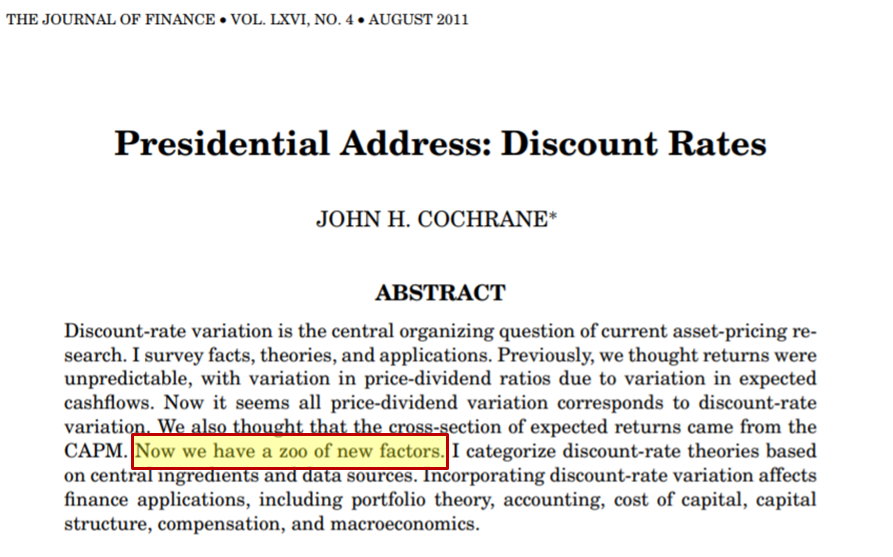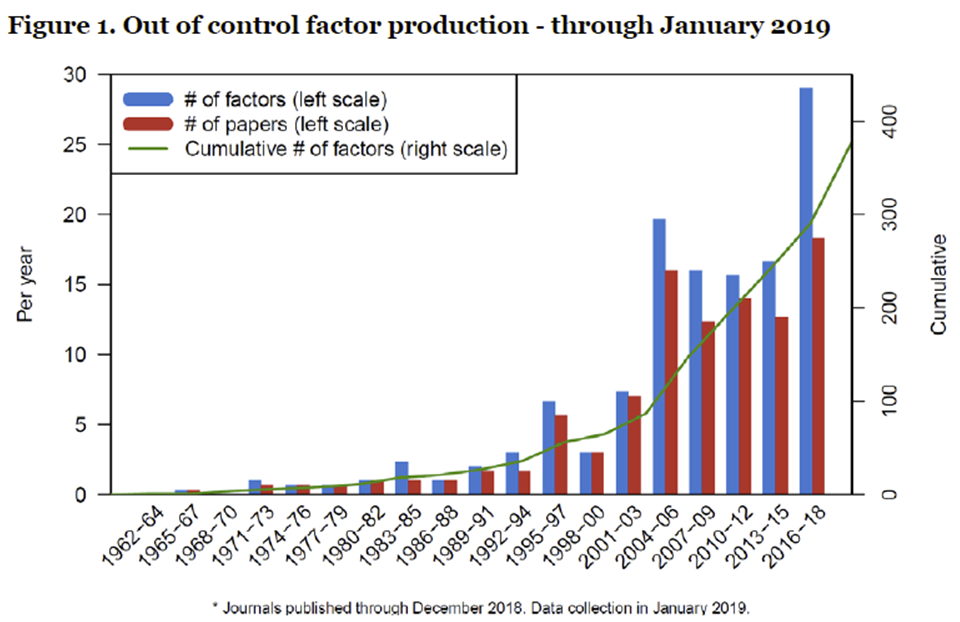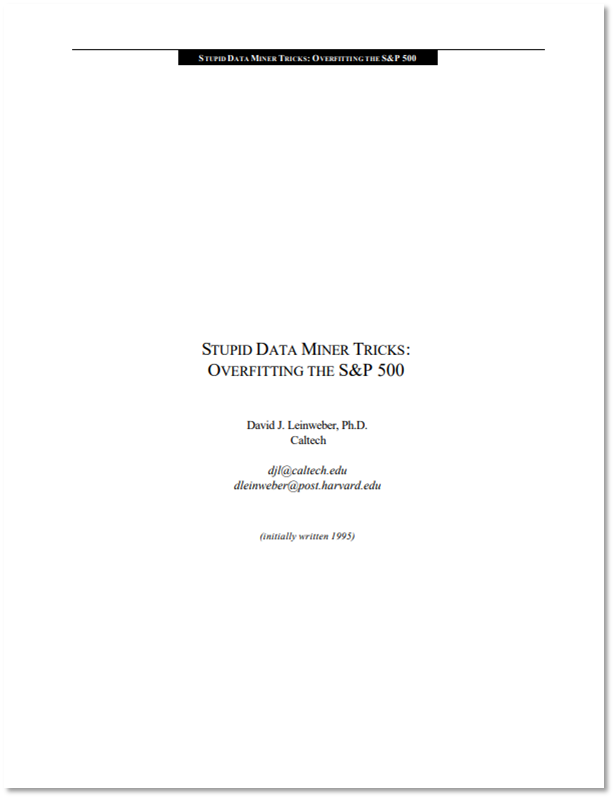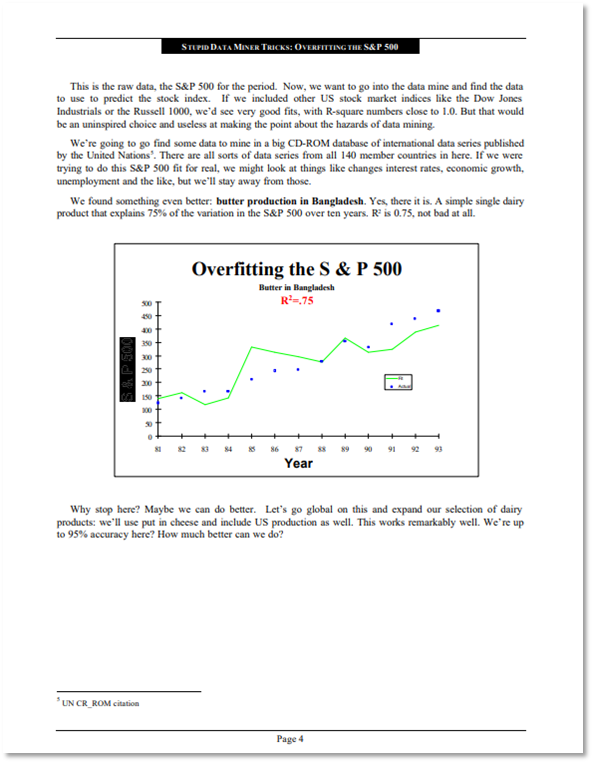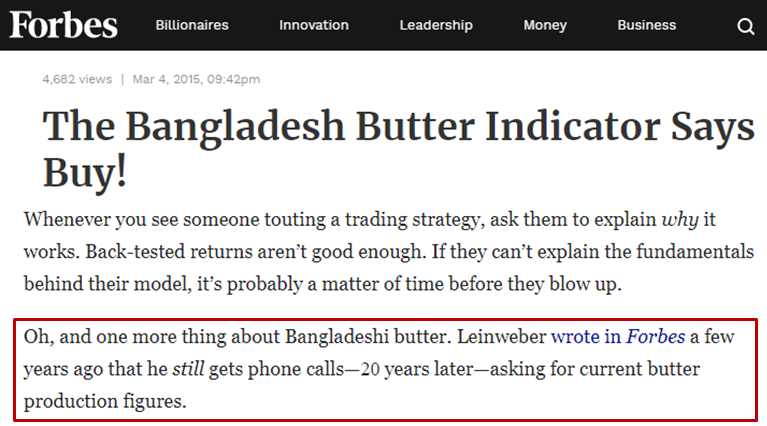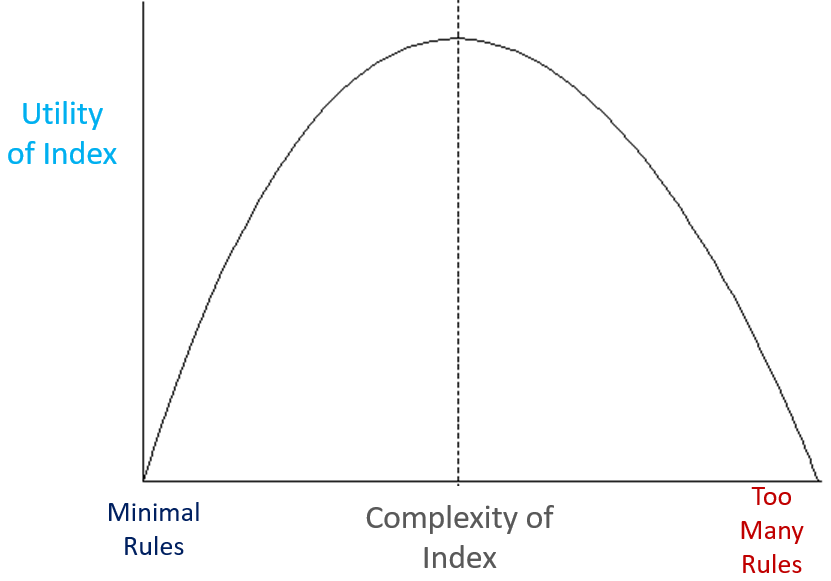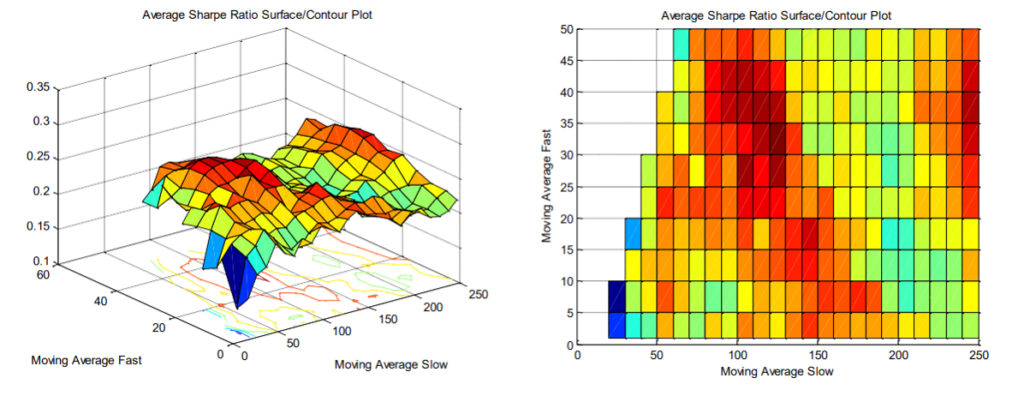The content provided on this website is informational, subject to change and is not investment advice or any offer or solicitation for the purchase or sale of investments. Any use of this content is subject to and evidence of the user’s acceptance of all important legal disclosures, disclaimers, terms of use and provisions found at www.idxinsights.com/legal, including the user’s complete release of liability for any use of the content, which may contain inaccuracies.
Unless otherwise noted, performance information is hypothetical and GROSS of all associated fees and sales and trading expenses that an investor might incur. You cannot invest directly in an index. Hypothetical or model performance results have certain limitations including, but not limited to: hypothetical results do not take into account actual trading and market factors (such as liquidity disruptions, etc.). Simulated performance assumes frictionless transaction costs and no lag between signal generation and implementation. Simulated performance is designed with the benefit of hindsight and there can be no assurance that the strategy presented would have been able to achieve the results shown. There are frequently large differences between hypothetical performance results and actual results from any investment strategy. While data was obtained from sources believed to be reliable, IDX Insights, LLC (“IDX”) and its affiliates provide no assurances as to its accuracy or completeness.



